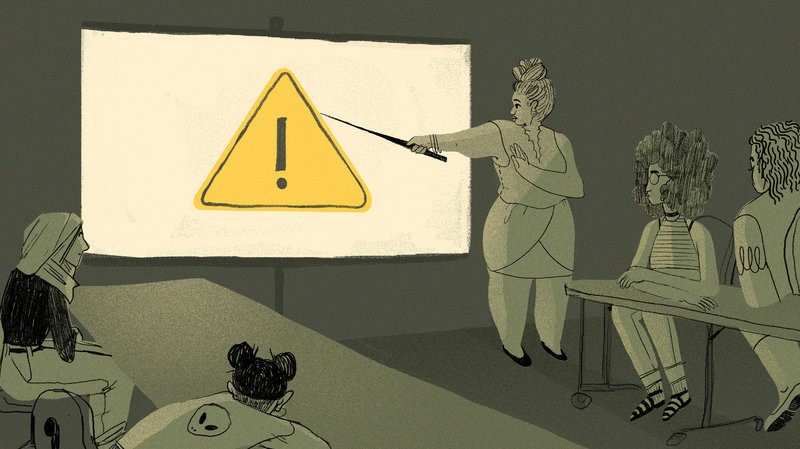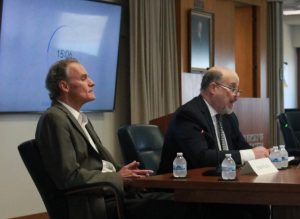Trigger Warnings in the Classroom
October 28, 2017
Controversy and the supposed downfall of western democracy lie within two words: trigger warnings. According to a survey conducted by the National Coalition Against Censorship, 62% of respondents believed trigger warnings negatively affect academic freedom. Colleges, such as the University of Chicago and Purdue University, have released statements on their position against the use of trigger warnings.
What are trigger warnings? UWL Assistant Professor Dr. Thomas Jesse explained, “For me, the term “trigger warning” simply means a brief “heads up” about course content that students may find objectionable, offensive, or physically/emotionally difficult to process.” Dr. Jesse went on to say that we use or benefit from trigger warnings in our everyday lives and most of the time we don’t even realize it.
Dr. Jesse explained that trigger warnings can be as simple as someone handing you a cup of coffee and saying, “Be careful, it’s hot.” They also appear in the MPAA ratings of movies, for example when a movie is rated ‘R’ for graphic content. As Dr. Jesse stated, trigger warnings can even be, “When a newscaster says “We want to warn you: the images you’re about to see are graphic,” or when a movie review includes a “SPOILER ALERT” tag…” If life outside the classroom involves many trigger warnings, what makes an academic setting any different?
Dr. Jesse also emphasized that implementing trigger warnings creates a feeling of community and trust within a classroom, “…which is vital for allowing students to engage critically with challenging or controversial subjects.”
Most of the time, Dr. Jesse utilizes trigger warnings by, “…giving a one to two sentence “heads up” at the end of class before we tackle a particularly challenging reading.”
Dr. Jesse added, “The use of [trigger warnings] is not isolated to classroom spaces or college campuses, but over the past few years this one specific use has been singled out as potentially detrimental to the future of American society.”
A common argument against the use of trigger warnings includes the idea that they limit student’s ability to rationally, and not emotionally, approach ideas, ideologies, arguments, and views.
Dr. Jesse argued that “If anything, the use of trigger warnings helps students…because they aren’t shocked or startled by the appearance of controversial material, which means they are in a better position to work through that material in a calmer, more rational manner.”
“A good [trigger warning] enables students to prepare themselves, mentally and emotionally, for the learning experiences we’re about to undertake together in the classroom.” Dr. Jesse went on to add, “When used effectively, trigger warnings actually reduce the likelihood that a student’s “fight or flight” response is “triggered” by course content.”
As for the argument that the world has become too sensitive, Dr. Jesse said, “In my experience, the people who voice this argument use it as a proxy for a very different argument: namely, that they shouldn’t be held responsible for their own insensitive comments or behaviors.”
Dr. Jesse’s final comment was that, “…[trigger warnings] are not some radical new threat that today’s college students are posing to critical thinking and rational debate; they are simply an extension of those same caring, ethical practices that should already be guiding our interactions with one another on a daily basis.”






